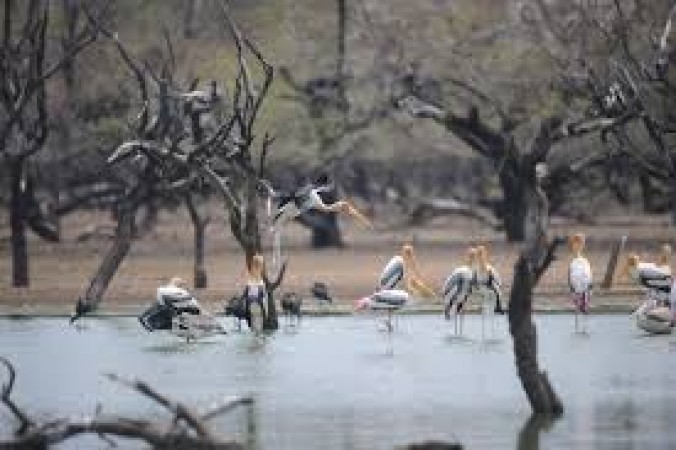
A member from International Union for Conservation of Nature (IUCN), said for Ecosystem Management, the migratory birds usually arrive from mid-August and leave by February end or early March. But, this year some birds arrived only by late September, and the population count is very less. Migratory birds such as marsh sandpiper, red shank, kentish plover, lesser sand plover, spotted sandpiper, common sandpiper, little stint, little tern, greater crested tern, flamingos and local birds as painted stork, spot billed pelican, coot, herons, open billed stork, ash heron, spot billed duck, could be sighted in the reserves.
No Duck species were spotted this year. In normal years, migratory ducks such as shoveler, garganey, Eurasian pin tail duck, and wigeon could be seen from September. The local birds such as painted stork, pelican, spot-billed duck and coot could be seen in around three to four thousands, but only a handful is spotted this year. The month of October experienced two thunderstorms and it could have caused habitat disturbance, he told a newsagency.
The delay to climate change as many European countries had become hotter and fall and winter might have set late, might be the reason. But few people say encroachment of wetlands, habitat destruction and devastation, fishing in habitat areas, illegal culture of lotus leaves and flowers, silting of water sources, human interference in habitat areas, hunting and poaching, pollution and channelizing polluted waste into water bodies as the reason.
Last White Giraffe in the World has been fitted with GPS tracker
Aviation Ministry establishes a separate bilateral air bubble deal with Ethiopia for travel